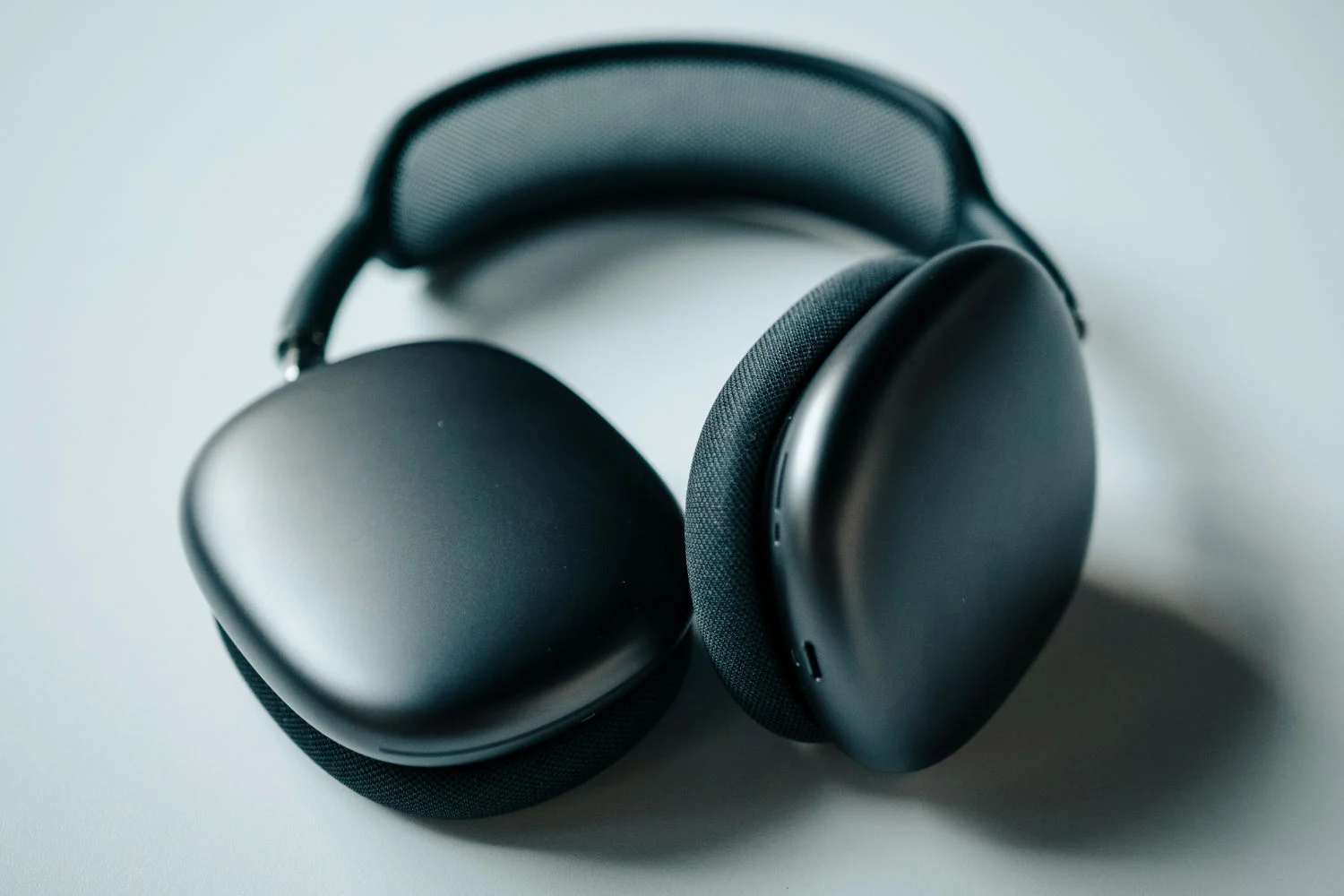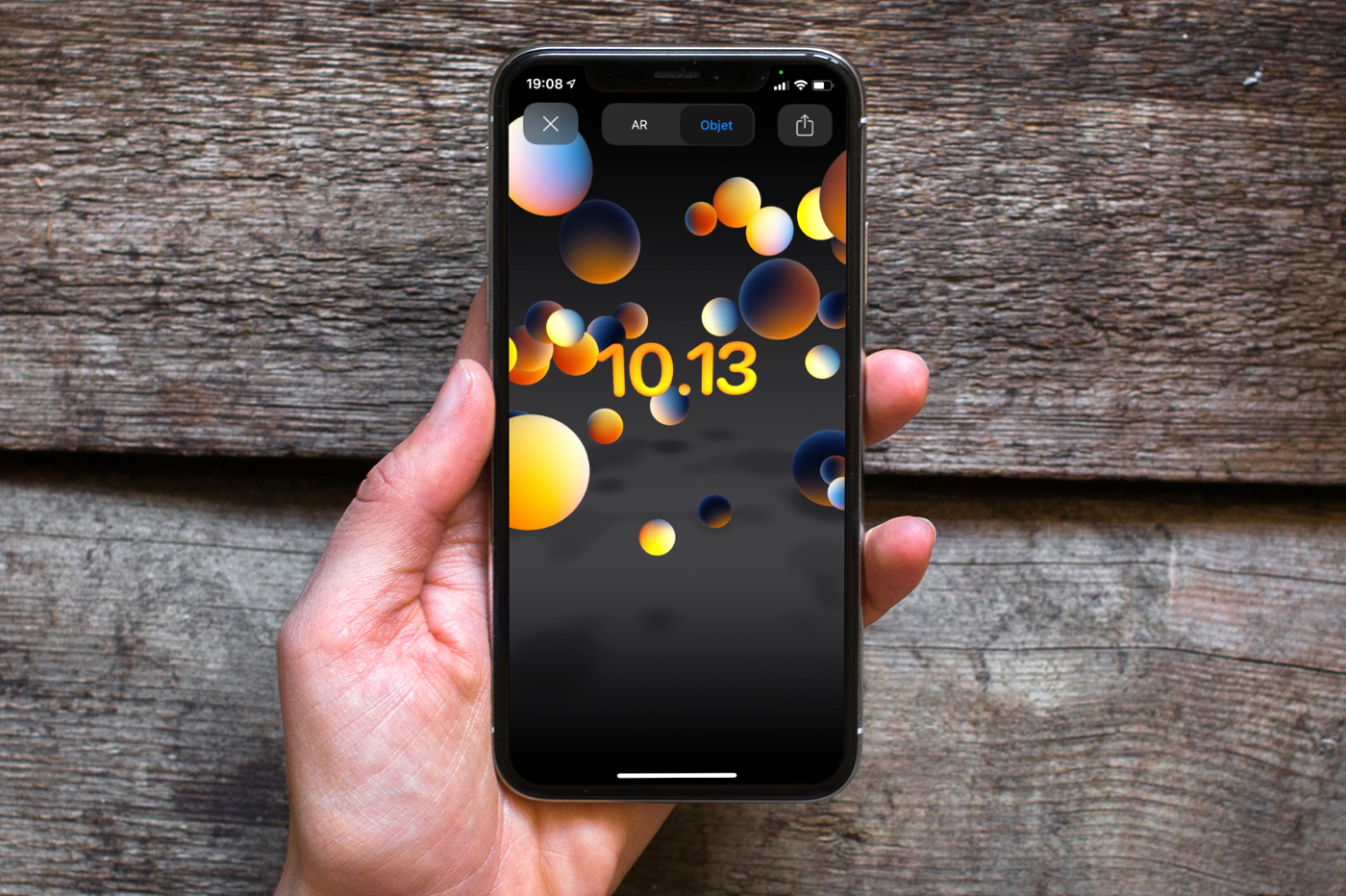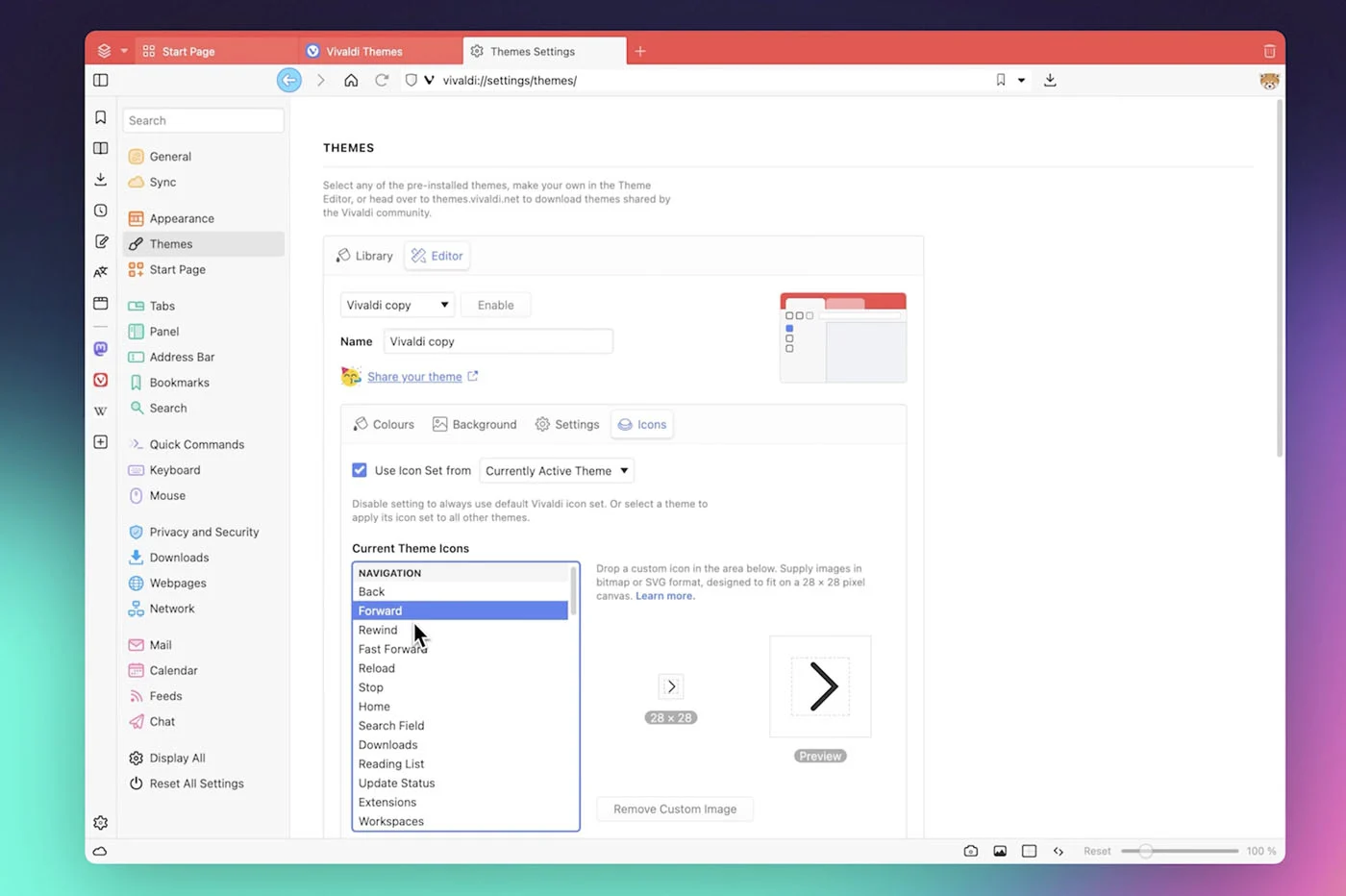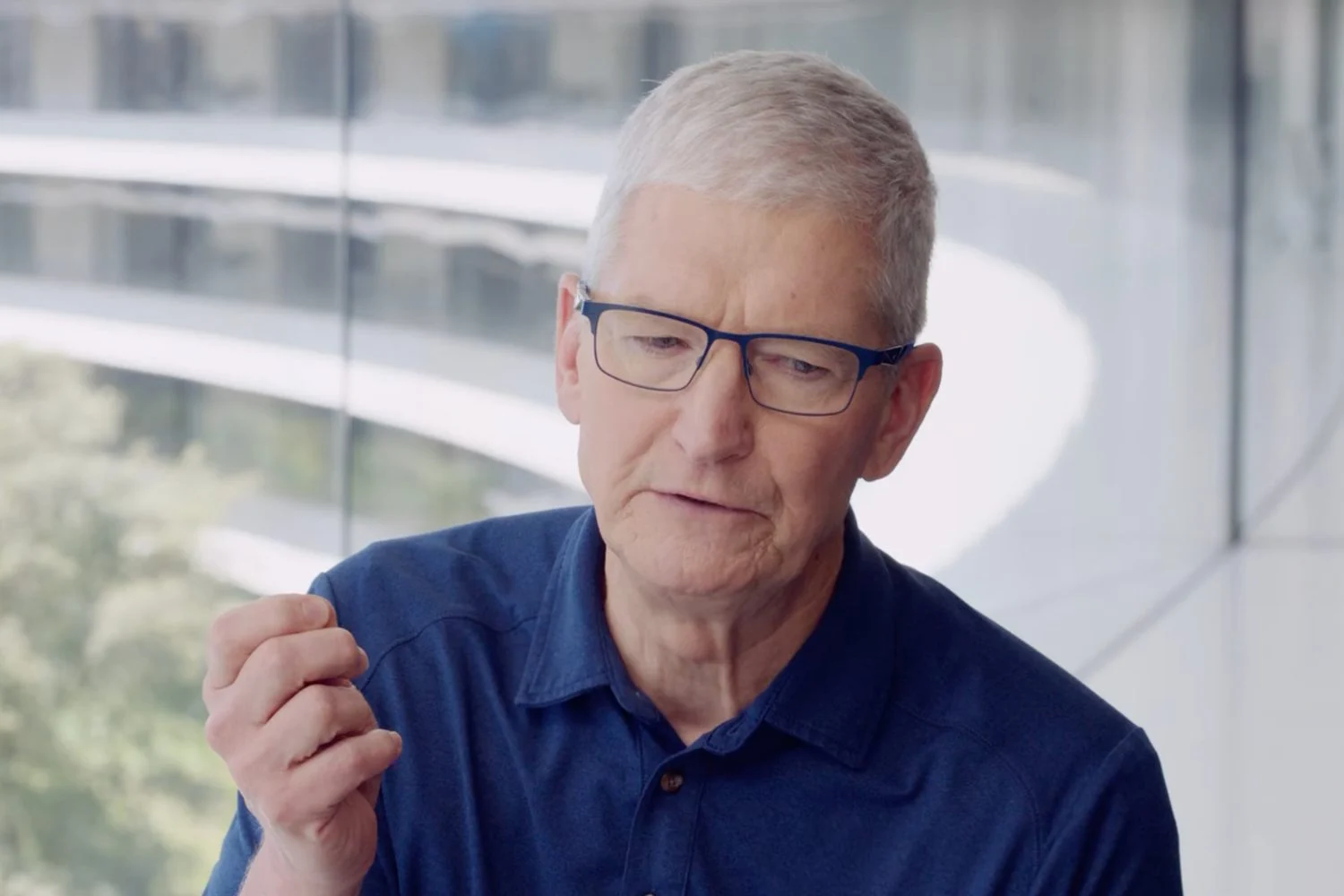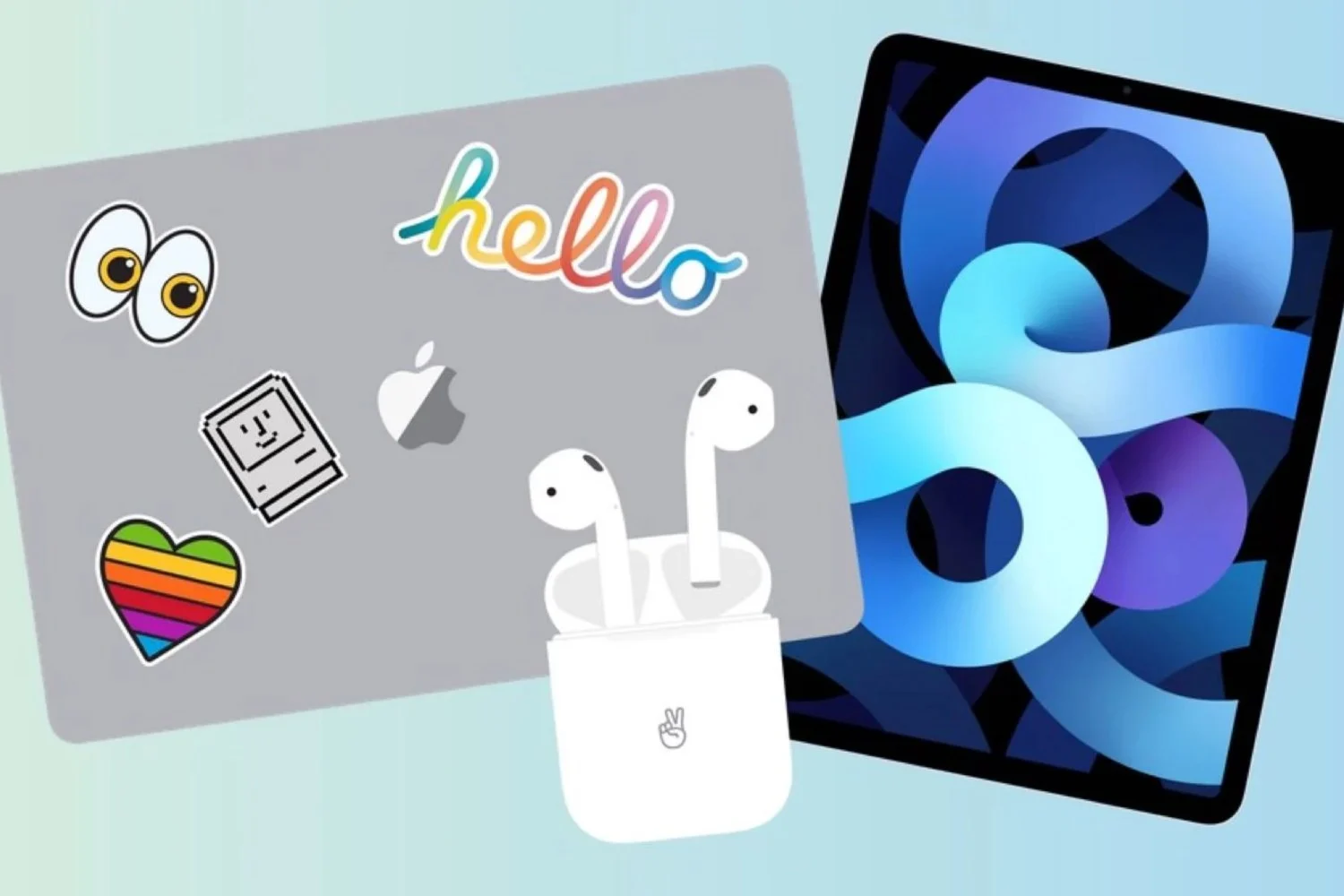 Travel or home,
Travel or home,
opportunities to recharge your mobile devices: iPhone, iPad or even
emergency batteries, are particularly numerous. We meet then
often having to carry several chargers. The prop makers therefore
imagined suitable solutions. These are the chargers offering several
prises USB.
Syncwire, the manufacturer specializing in charging cables, including
we were able to test the latest additions in this article, offers its own
charger. It offers no less than4 portsand is guaranteed to
vie.
We were able to connect it, test it, measure it, here is the result in photos and
our opinion.
The charger is delivered packaged in a small box, it is accompanied by a
warranty card and a second socket.
In fact, the plugged-in European plug is removed and leaves room for
a US plug. It is then possible to connect the other adapter provided,
suitable for English sockets. Practical for travelers!
The adapter has the 4 USB sockets on the upper side. Two are
indicated as allowing charging up to 2 A, while two others
allow a maximum of 1 A in certain conditions, which we will detail
below.
The materials are thick and the whole appears to be of quality and resistant,
particularly dense.
Using is as easy as it is obvious, just plug in a cable
USB, or several, then plug the charger into the socket.
A blue LED on the front indicates that the connection is correct and the
operational charger.
We note in passing the specific shape of the rear of the charger, slightly
rounded, where the fingers come to grab it when the time comes to
remove from outlet. It's practical and well thought out.
The charger, as we have seen, is designed to allow a maximum of 6.4 A on the 4
sockets, each capable of delivering at least 1 or 2 A.
Measurements taken by plugging in an iPhone 7, which supports charging
fast up to 2 A, showed that the 4 sockets can deliver the 2 A if it
is the only one connected. If multiple devices are plugged in, then both outlets
with the “full circle” symbol will indeed offer the 2 A, both
others only 1 A and thus will not exceed the 6 maximum.
In practice, iPhone charging is therefore similar to that obtained with a
iPad charger, allowing faster charging for machines
recent. We had seen
this in detail in this article(and no this does not damage the iPhone, which
takes the amperage it needs, Apple also sells on its site a
12W charger that is iPhone compatible.
When recharging, we also checked, the iPhone takes the maximum
that it is capable of using either 1.9 A initially when the battery level
is low, then the intensity delivered decreases as the battery
recharges and arrives close to the maximum level (like a charger does
Apple), to reach zero once 100% is reached.
In terms of disadvantages, plugging an iPad Air into a 1 A port
while iPhone 6s, 7 and 6 machines were already connected did not
worked, the charger stopped then restarted. Probably the amount
intensities posed a problem. But passing the most machines
powerful on the dedicated ports, everything worked well. Corollary: if we
leave the charger plugged in with cables coming out of it (not recommended because it
consumes) then you will have to locate the tips to know which ones are in 1A
you 2 A.
Ultimately, this relatively compact but dense charger offers a number of
perfectly correct sockets (4 devices in parallel should not be suitable
bad homes and even more to travelers), it seems of quality in terms
electric and delivers the intensity necessary for the iPad as for a
fast charging of recent iPhone. In terms of price, it isvery correct
especially with the proposed reductionand is announced as
lifetime warranty (untested).

i-nfo.fr - Official iPhon.fr app
By : Keleops AG
founder of the site. Computer engineer and Internet specialist where he has held various positions of responsibility, Laurent has been passionate about mobility since the arrival of "PDAs" in the 90s. Journalist for 4 years for the magazine Team Palmtops (Posse Presse) and author of several books on the iPad published by Pearson.

